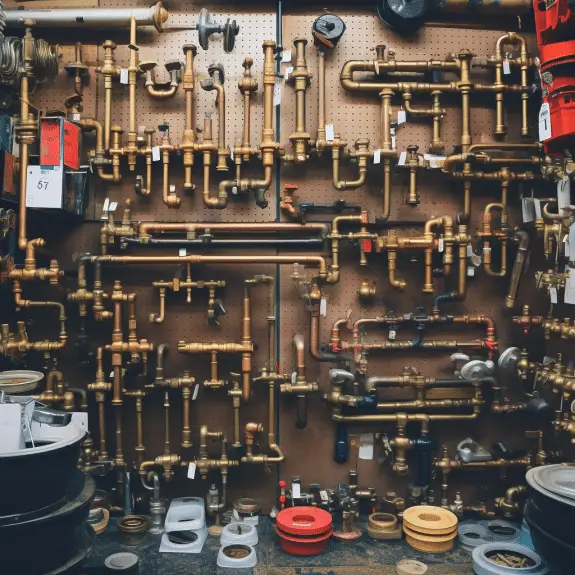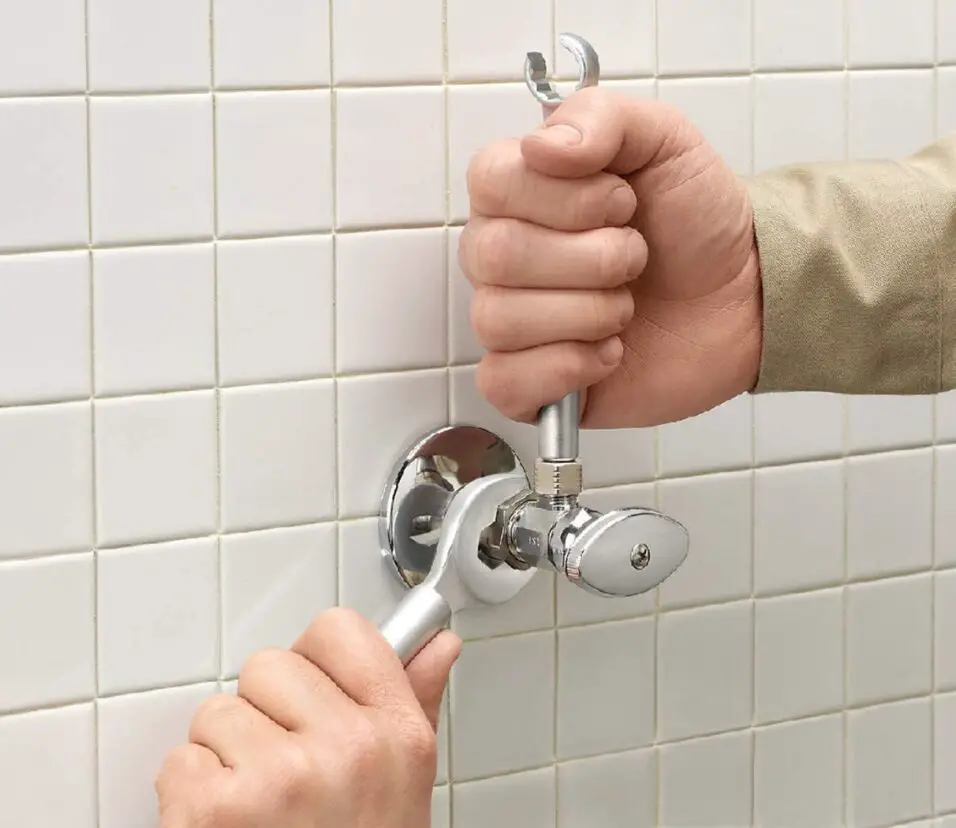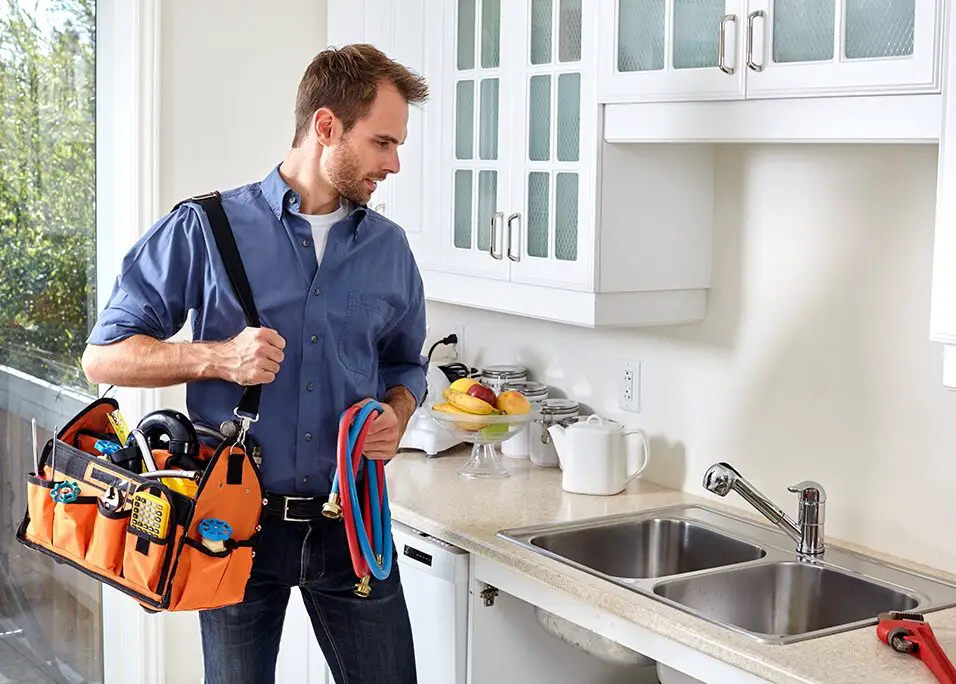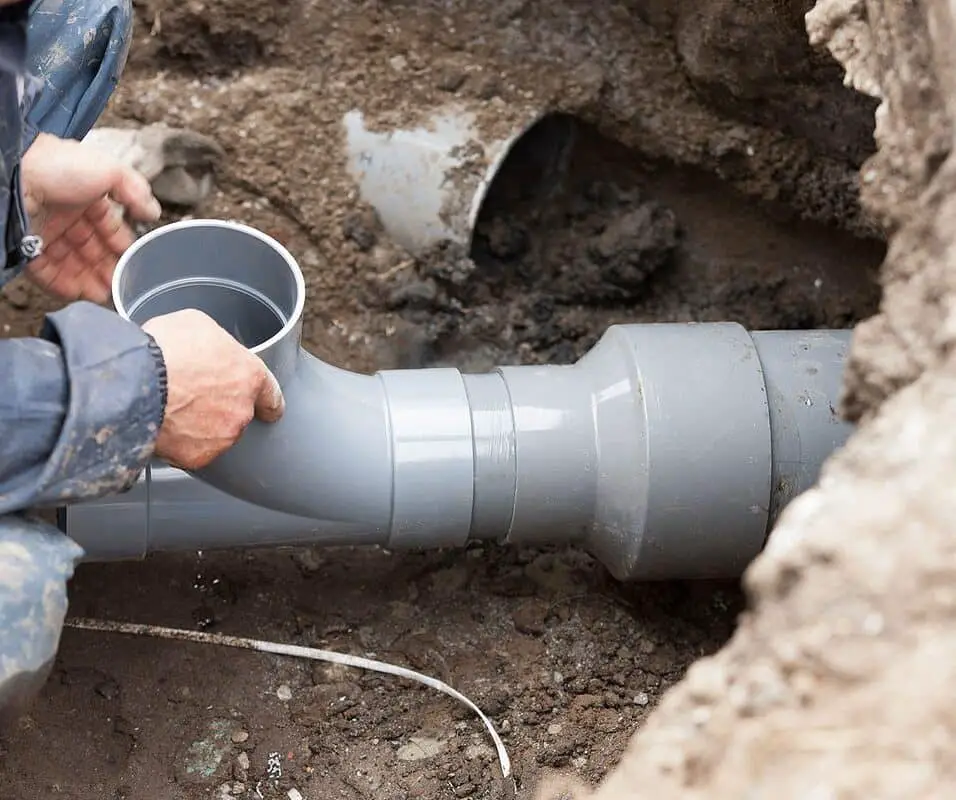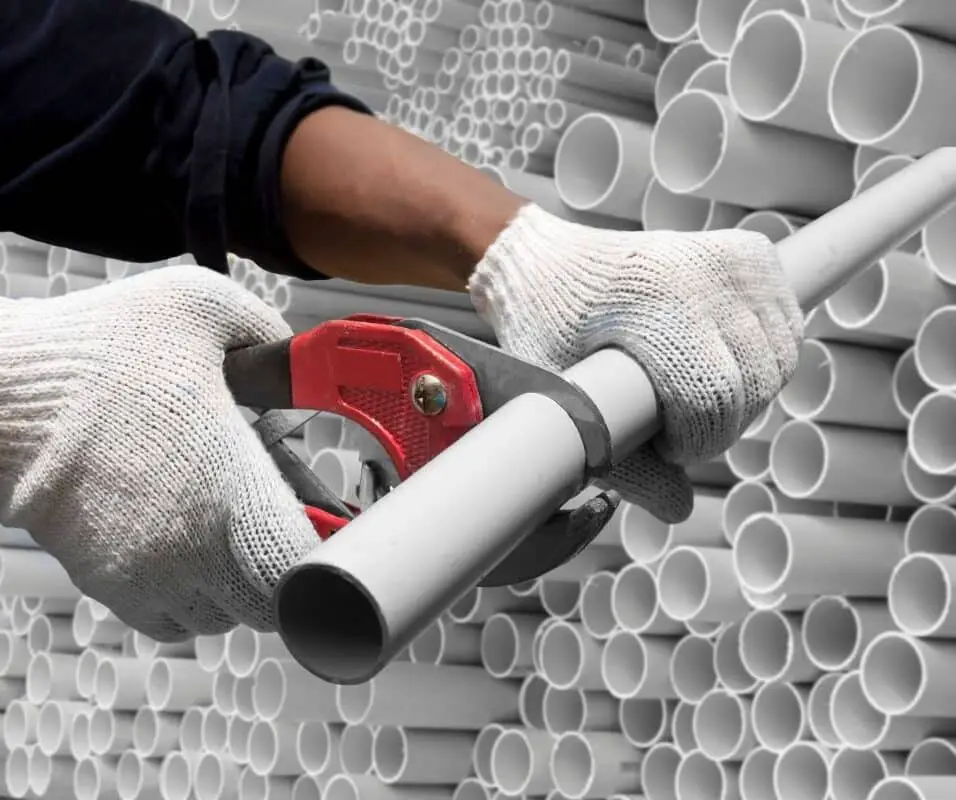Who Invented Plumbing And Sewage System
Introduction
Who Invented Plumbing And Sewage System: The invention of plumbing and sewage systems marked a significant milestone in human history, revolutionizing the way we live and shaping modern civilization. While the origins of these systems can be traced back to ancient times. Their evolution and refinement owe much to the ingenuity and engineering prowess of several individuals throughout history.
One of the earliest civilizations to demonstrate advanced plumbing repair and sewage systems were the ancient Romans. Their mastery in hydraulics and engineering allowed them to construct an elaborate network of aqueducts, channels, and sewers that supplied fresh water to cities and efficiently carried away waste. The Roman architect Vitruvius, in his influential work “De architectura,” documented these ingenious systems. Providing valuable insights into their design and functionality.
Moving forward in time, the Islamic Golden Age saw remarkable advancements in plumbing and sewage systems. The Arab polymath Al-Jazari is renowned for his groundbreaking treatise “The Book of Knowledge of Ingenious Mechanical Devices.” This influential work described various mechanical devices. Including water supply systems and flush toilets, showcasing the sophistication of plumbing technology during the 12th century.
Jumping ahead several centuries, the modern concept of sanitary plumbing owes much to the pioneering efforts of Sir John Harrington, an English courtier and inventor. In 1596, Harrington designed and installed a flush toilet, which he called the “Ajax.” Although not widely adopted at the time, his invention laid the foundation for the development of the modern flushing toilet.
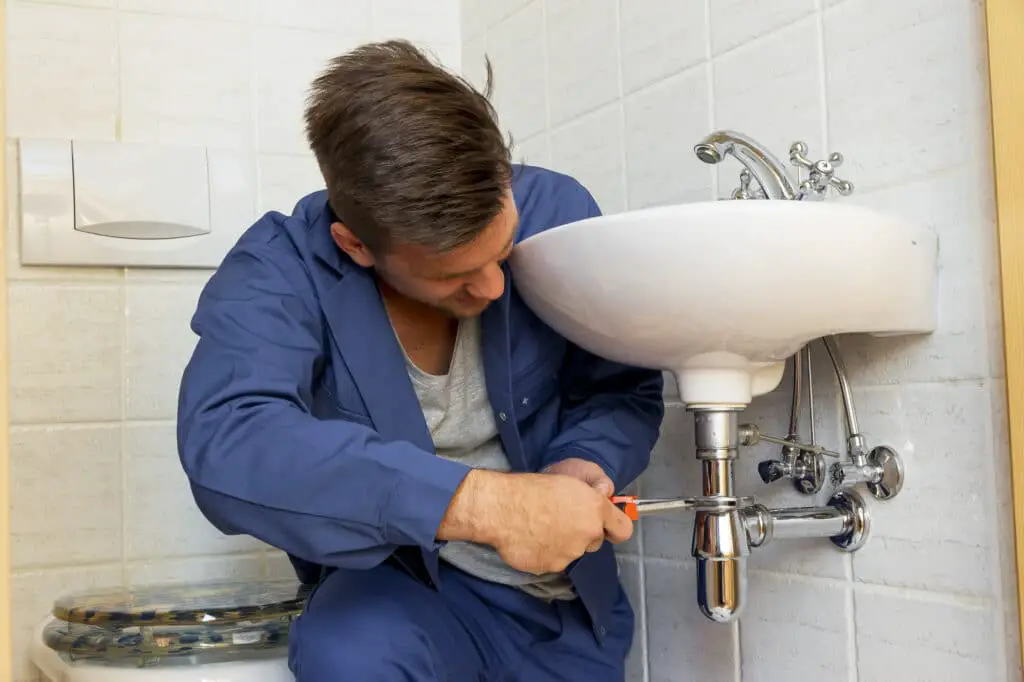
Who invented the sewage system?
Primarily designed by engineer Joseph Bazalgette, construction began in 1859. With the bulk of the system completed in less than a decade. The invention and development of sewage systems have been the result of cumulative efforts spanning centuries and involving various individuals and civilizations. While it is challenging to pinpoint a single person responsible for inventing the sewage system.
The Indus Valley civilisation, which flourished between 2600 and 1900 BCE, is sometimes cited as the earliest civilisation to have a sewerage system. Archaeological evidence suggests that the cities of Mohenjo-daro and Harappa had complex drainage and sewage systems. With covered drains running beneath the streets to carry waste away from residential areas.
Moving ahead in time, the ancient Romans made significant advancements in sewage technology. You may still marvel at their sophisticated sewage and water distribution systems built to last centuries. Roman engineers constructed intricate underground networks of pipes and drains, incorporating elements such as catch basins, sumps, and public toilets. These systems were essential for maintaining public health and hygiene in bustling cities like Rome.
Who invented the plumbing system?
Plumbing originated during ancient civilizations, including the Greek, Roman, Persian, Indian and Chinese. As cities in these areas developed they each created ways to irrigate their crops and provide public baths, wastewater removal and portable water.
The invention of the plumbing system is a result of centuries of human ingenuity and engineering advancements. While it is difficult to attribute the creation of plumbing to a single individual. This foundational framework can be traced back to a wide range of historical individuals and ancient cultures.
One of the earliest civilizations to showcase advanced plumbing systems were the ancient Romans. They constructed an elaborate network of aqueducts, channels, and sewers to supply fresh water to their cities and efficiently dispose of waste. While the specific individuals responsible for these innovations are unknown. The Roman architect Vitruvius documented their designs and functionality in his influential work “De architectura.”
Improvements in sanitation infrastructure were particularly noteworthy during the Islamic Golden Age. The Arab polymath Al-Jazari, in the 12th century, described various mechanical devices, including water supply systems and flush toilets. In his treatise “The Book of Knowledge of Ingenious Mechanical Devices.” His contributions highlight the sophistication of plumbing technology during that era.
When was sanitary plumbing invented?
There were no elaborate systems to heat water and so many people would only bath for specific occasions or from health advice. To bathe, people had to fill and empty the bathtub using a hand pump. However, in 1845, the development of sanitary sewers made it possible for people to create indoor bathrooms.
Sanitary plumbing, as we recognize it today. Emerged as a result of gradual advancements in plumbing technology and the understanding of sanitation practices. While the idea of installing plumbing indoors has been around since prehistoric times. The development of a comprehensive sanitary plumbing system took time and evolved over centuries.
One significant milestone in the history of sanitary plumbing was the Roman Empire. The Romans were pioneers in creating complex water supply and sewage systems. They constructed aqueducts to transport fresh water from distant sources to cities, and a network of underground pipes and drains to carry away waste and sewage. These setups were ahead of their time and helped pave the way for modern plumbing.
However, it was not until the late 16th century that a breakthrough in sanitary plumbing occurred. Sir John Harrington, an English courtier and inventor. Invented the first flushing toilet, called the “Ajax,” and put it into use in 1596. Harrington’s innovation, however, did not catch on at the time. It marked an important step in the evolution of sanitary plumbing, introducing the concept of a self-contained flush mechanism.
Who invented the plumbing toilet?
The credit for inventing the flush toilet goes to Sir John Harrington. Godson of Elizabeth I, who invented a water closet with a raised cistern and a small downpipe through which water ran to flush the waste in 1592.
The invention of the plumbing toilet, While it is challenging to attribute its creation to a single individual. Several inventors have played significant roles in its development, leading to the modern flushing toilet that revolutionized sanitation practices worldwide.
One notable figure in the history of plumbing toilets is Sir John Harrington, an English courtier and inventor. In 1596, Harrington designed and installed a flush toilet, which he called the “Ajax.” His invention featured a water cistern and a valve system that allowed for the controlled release of water to flush away waste. While Harrington’s flush toilet was not widely adopted during his time. His invention laid the groundwork for future improvements in toilet design and functionality.
Another key contributor to the advancement of the plumbing toilet was Alexander Cumming, a Scottish watchmaker. In 1775, Cumming obtained a patent for his design, which incorporated an S-shaped trap. This trap prevented foul odors from entering the living space by sealing the waste pipe with water. Cumming’s innovation in creating a more hygienic and odor-free toilet set the stage for further refinements in toilet design.
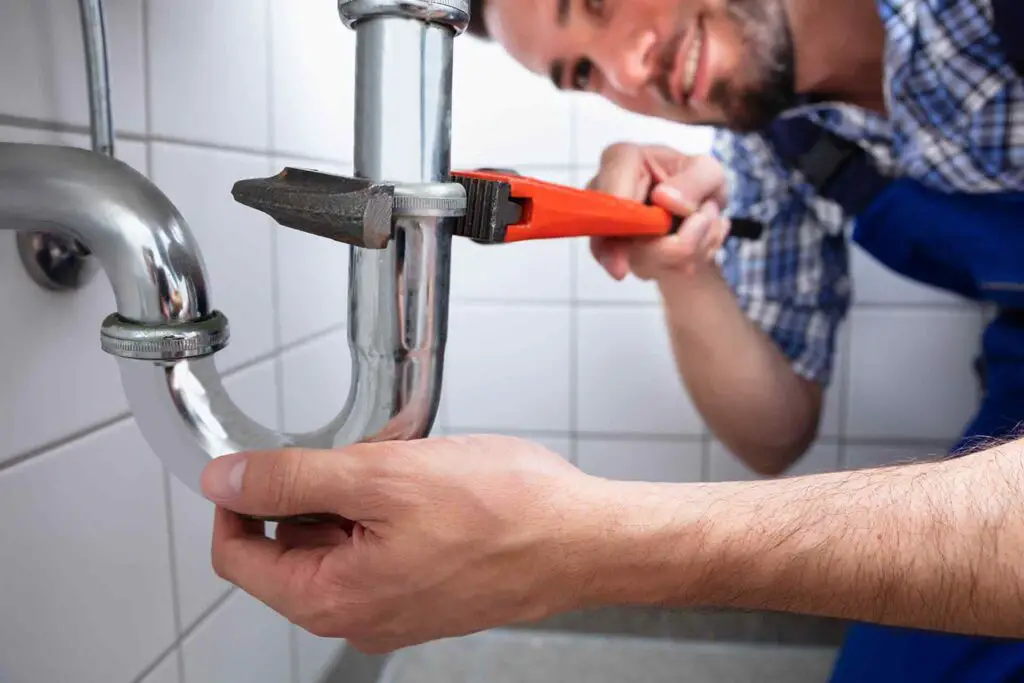
Who is the first plumber in the world?
One of the oldest known plumbing systems was created by the ancient Egyptians around 4000 – 2500 B.C. Since their lives depended on the ebb and flow of the Nile River. Egyptian engineers created and used a very intricate piping system to keep the water flowing where it needed to go.
Determining the exact identity of the first plumber in history is a challenging task due to the lack of comprehensive historical records and the fact that plumbing systems have been in use for thousands of years. However, it is possible to explore the earliest known examples of plumbing and the individuals who played a significant role in its development.
Ancient civilizations such as the Egyptians, Greeks, and Romans had advanced plumbing systems in place. In these societies, individuals known as hydraulic engineers or craftsmen were responsible for designing and constructing water supply and sewage systems.
One notable figure in ancient Roman history who contributed to the field of plumbing was Vitruvius, a Roman architect and engineer. In his influential work “De architectura,” Vitruvius documented the design and construction of aqueducts. Fountains, and sewers, providing valuable insights into the plumbing practices of the time.
How have plumbing and sewage systems evolved over time?
Plumbing and sewage systems have continuously evolved to meet the changing needs of societies. From the aqueducts and sewers of ancient civilizations to the development of flush toilets and modern wastewater treatment plants. Advancements in technology, materials, and infrastructure have played a crucial role. Today, plumbing systems incorporate water conservation measures, eco-friendly materials, and smart technologies for improved efficiency, sustainability, and water management. Ongoing research and innovations continue to shape the future of plumbing and sewage systems.
Moreover, technological innovations have transformed plumbing systems. Water pressure systems and pumps ensure efficient water distribution, while valves and faucets allow for control and conservation. Smart technologies have enabled the integration of sensors, meters, and automated systems for water management, leak detection, and conservation efforts.
Sewage systems have also evolved to address sanitation and environmental concerns. Underground sewers replaced open channels and cesspools, reducing pollution and health risks. Wastewater treatment plants became essential for the proper collection, treatment, and disposal of sewage. Ensuring cleaner water bodies and protecting the environment.
When were plumbing and sewage systems first introduced?
Plumbing and sewage systems have been in use for thousands of years. Ancient civilizations, such as the Romans, had sophisticated water supply networks, aqueducts, and sewage disposal systems. The practice of plumbing can be traced back to at least 2500 BCE. With evidence of early plumbing systems found in the Indus Valley Civilization.
The ancient Romans, renowned for their engineering marvels, made significant advancements in plumbing and sewage systems. Around 500 BCE, the Romans began constructing aqueducts. Which were elaborate structures designed to transport fresh water from distant sources to urban areas. These aqueducts, such as the Aqua Appia and Aqua Marcia. Revolutionized water supply and allowed for the development of sophisticated plumbing networks in cities like Rome.
It is worth noting that plumbing and sewage systems were also developed independently in other parts of the world. The Indus Valley Civilization, in present-day Pakistan and India. Had well-planned cities with advanced water supply and drainage systems as early as 2600 BCE. Ancient China also had systems in place to transport water and remove waste.
What were the early materials used in plumbing systems?
In early plumbing systems, various materials were used for piping. The Romans commonly used lead, clay, and stone pipes. In ancient Egypt, copper and bronze pipes were used. As plumbing technology advanced, materials like iron, brass, and eventually modern materials like copper. PVC (polyvinyl chloride), and PEX (cross-linked polyethylene) have been used in contemporary plumbing systems.
In the early days of plumbing systems, various materials were utilized to construct pipes, conduits, and fixtures. The choice of materials was often dictated by the availability of resources and the technological capabilities of the time. Here are some of the early materials that were commonly used:
Clay
Clay pipes were among the earliest materials used in plumbing systems. Ancient civilizations, such as the Egyptians and Romans, created clay pipes by molding and firing clay into cylindrical shapes. These pipes were durable and resistant to corrosion, making them suitable for both water supply and sewage systems. However, their limited size and the need for precise fitting joints were some of the drawbacks.
Stone
In certain regions, including parts of ancient Greece and India, stone was employed to create pipes for plumbing systems. Stone pipes were typically hewn from materials like granite or limestone. While durable, stone pipes were challenging to work with due to their weight and the difficulties in creating watertight joints.
Lead
The Romans extensively used lead pipes for their plumbing systems, including the famous aqueducts. Lead was a readily available and malleable material that could be easily formed into pipes. However, it became apparent over time that lead could contaminate the water supply, leading to health issues. As a result, the use of lead in plumbing systems diminished.
Wood
In regions where suitable stone or clay resources were scarce, wooden pipes were used as an alternative. Hollowed-out logs or planks, such as those made from cedar or pine, were employed to transport water. While wood was abundant and relatively easy to work with. It was susceptible to decay and leakage, limiting its longevity and effectiveness.

Conclusion
The invention and development of plumbing and sewage systems have been pivotal in shaping human civilization. Improving public health, and enhancing the quality of life for countless individuals around the world. While it is difficult to attribute the creation of these systems to a single individual. The collective efforts of numerous innovators and engineers throughout history have laid the foundation for the sophisticated infrastructure we rely on today.
From the advanced aqueducts and sewers of ancient Rome to the ingenious hydraulic devices described by Al-Jazari during the Islamic Golden Age, each era has contributed to the evolution of plumbing and sewage systems. The contributions of figures like Vitruvius, Al-Jazari, Sir John Harrington, and Thomas Crapper have been instrumental in advancing the technology and popularizing its use.
The legacy of these inventors and their creations continues to shape the modern world. Plumbing service and sewage systems have become an integral part of our infrastructure, vital for maintaining public health, supporting urban development, and ensuring access to clean water. Ongoing research and technological advancements in this field aim to address contemporary challenges, such as water conservation, environmental sustainability, and the integration of smart technologies.
It is crucial to recognize and appreciate the contributions of those who have paved the way for the plumbing and sewage systems we benefit from today. The ongoing development and refinement of these systems will require the collaborative efforts of engineers, scientists, and policymakers to ensure the provision of safe and sustainable water resources for future generations.
The invention of plumbing and sewage systems stands as a testament to human ingenuity, problem-solving, and the commitment to improving the well-being of societies. These remarkable inventions have transformed our world, making clean water and efficient waste removal a fundamental aspect of modern life.




